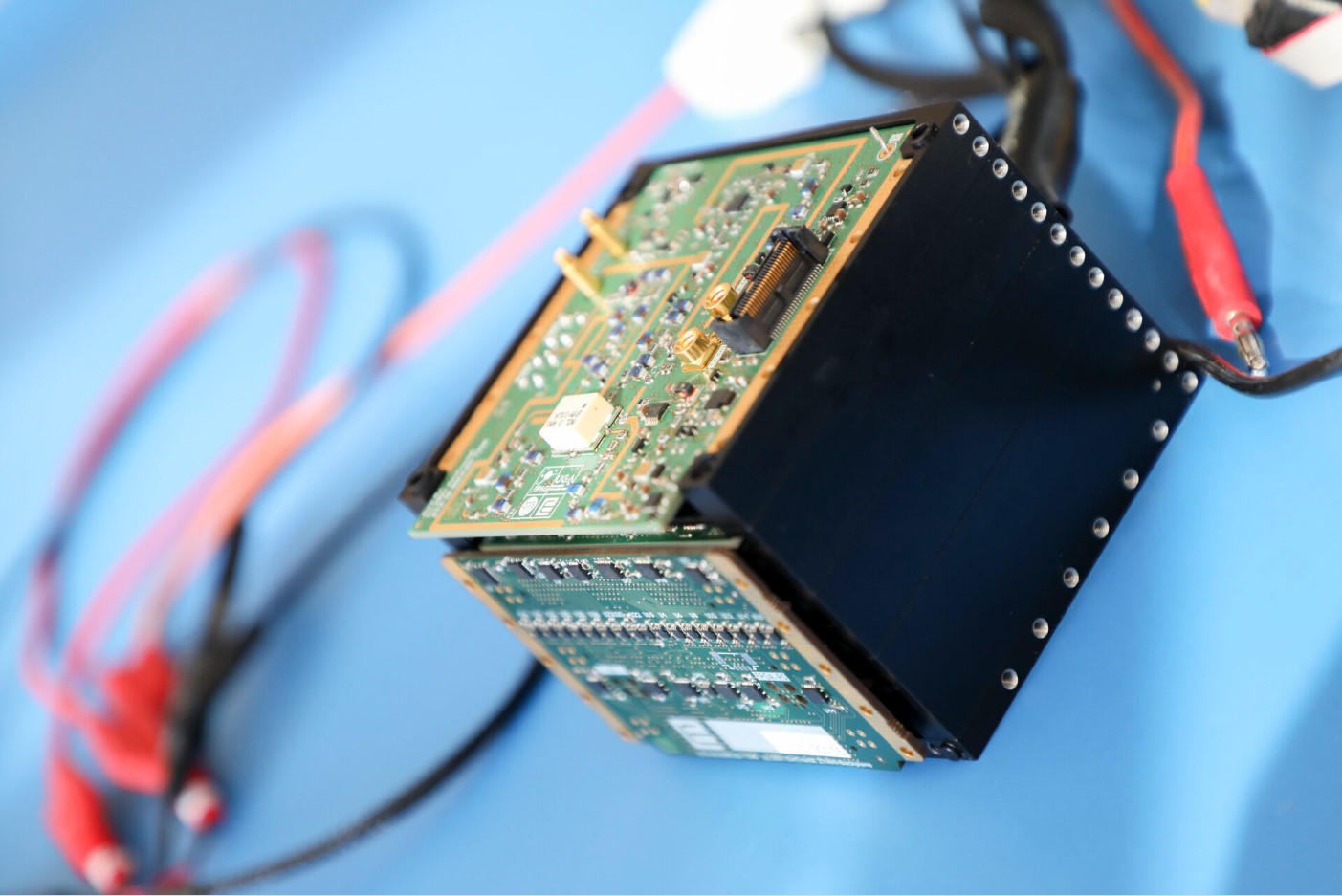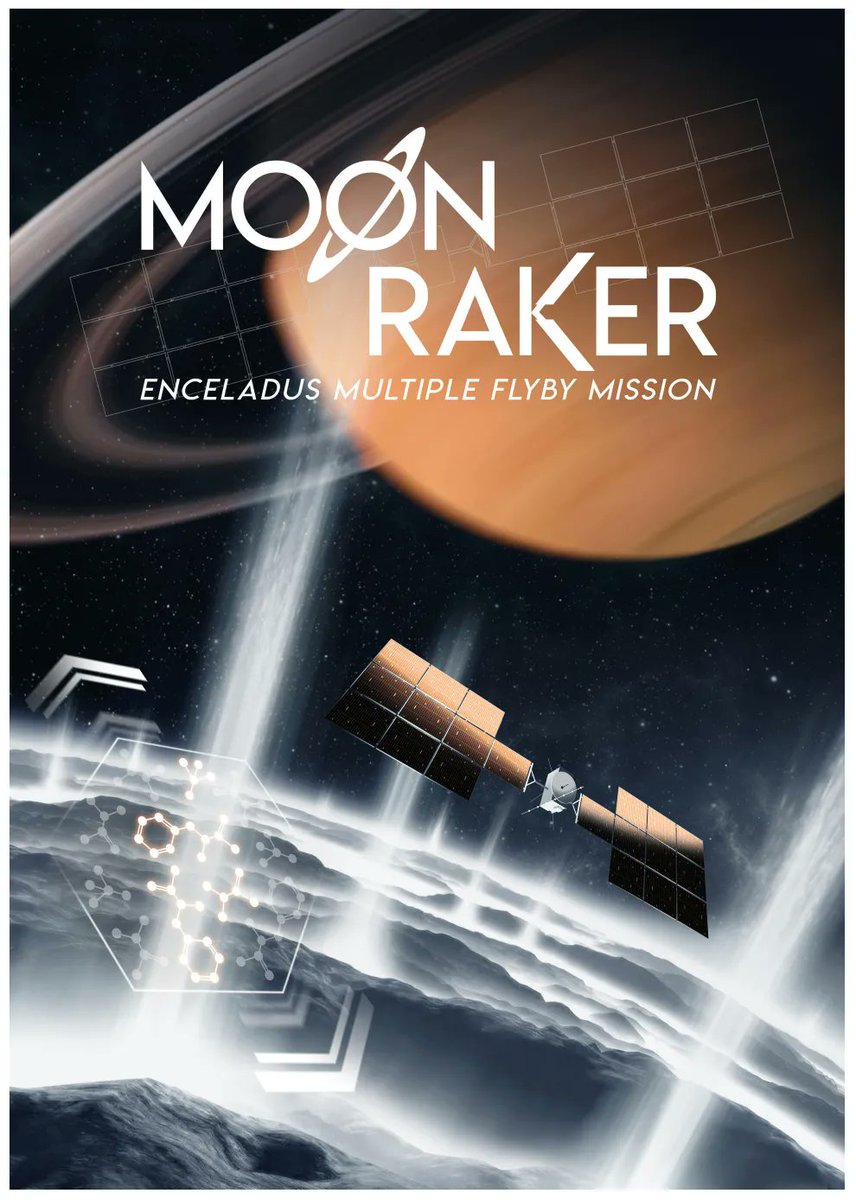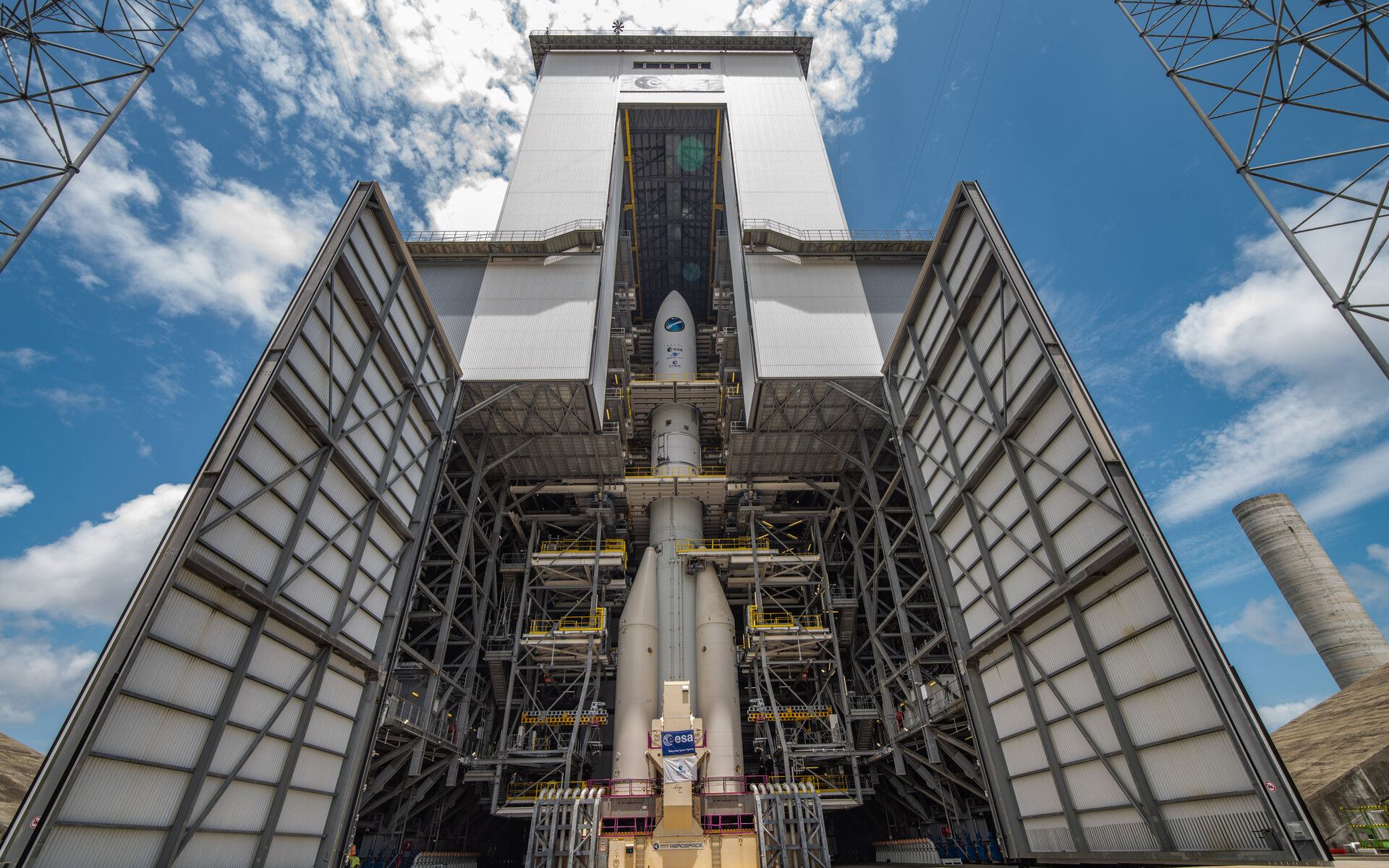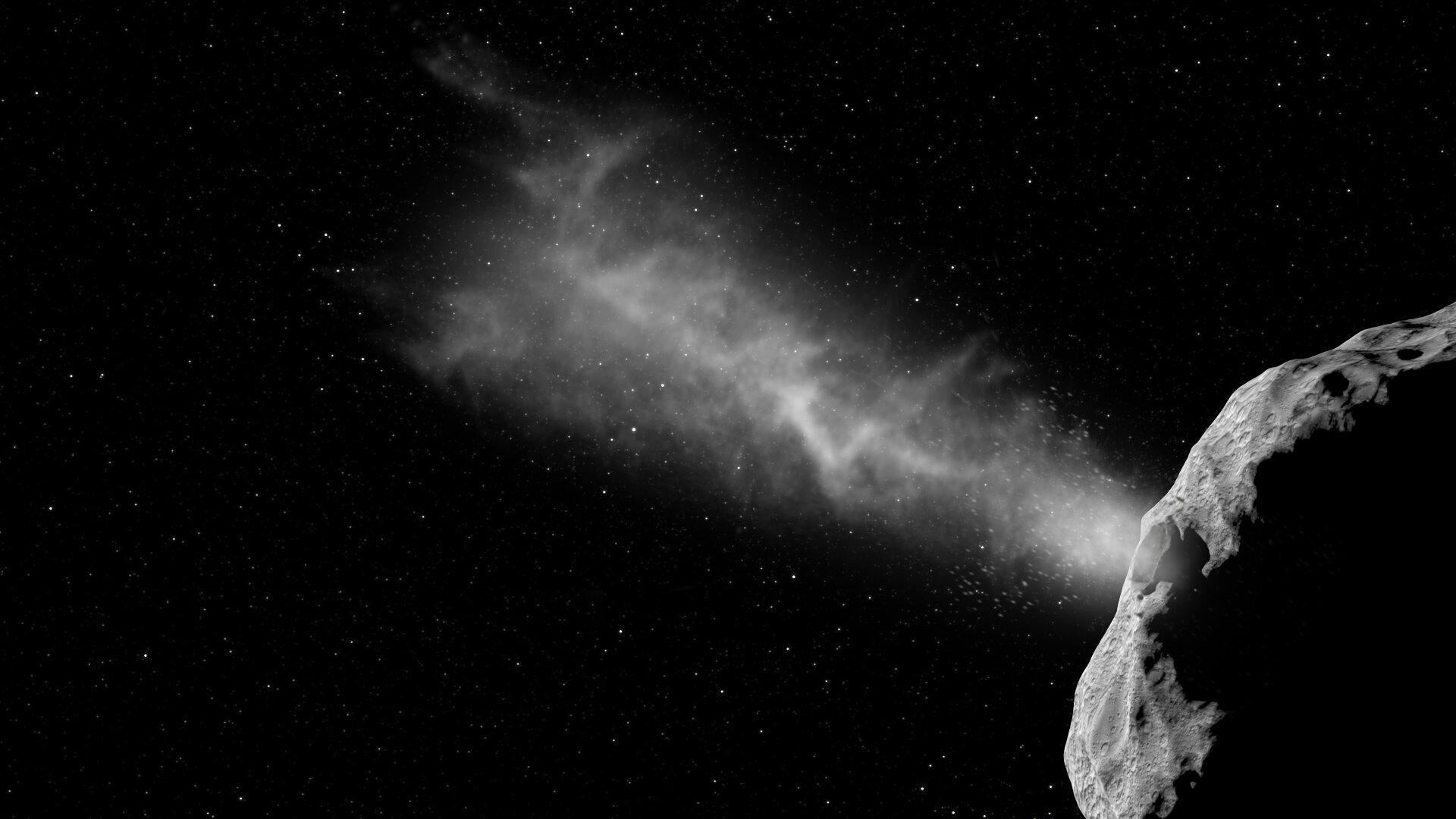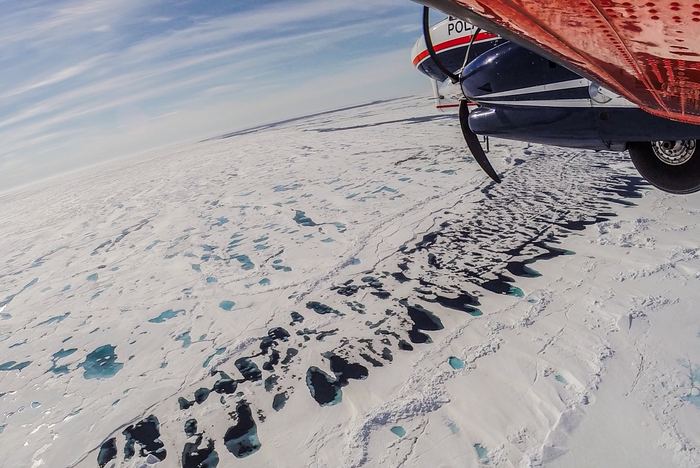Are miniature probes the future of deep space exploration?
Continue reading “The Smallest Radar Ever Sent to Space Will Probe the Interior of Dimorphos After its Impact From DART”ESA is Considering a Mission to Enceladus
There are plenty of exciting places in the solar system to explore. But few are more interesting than Saturn’s moon Enceladus. It’s one of the only planetary bodies known to have all six necessary components of Earth-based life. It has an active ocean and most likely hydrothermal vents, similar to those on Earth, where some species exist entirely separately from any solar-powered biosphere. All of this makes it one of the most likely candidates for life in the solar system – and the center of much astrobiological attention. Now a team from a variety of European countries and the US has proposed a mission to the moon that could profoundly impact our understanding of our place in the universe – if the European Space Agency (ESA) funds it.
Continue reading “ESA is Considering a Mission to Enceladus”Samples Returned From Mars Will be Protected by a Micrometeorite Shield

In a few years, NASA and the ESA will conduct the long-awaited Mars Sample Return (MSR) mission. This mission will consist of a lander that will pick up the samples, an ascent vehicle that will send them to orbit, an orbiter that will return them to Earth, and an entry vehicle that will send them to the surface. This will be the first time samples obtained directly from Mars will be returned to Earth for analysis. The research this will enable is expected to yield new insights into the history of Mars and how it evolved to become what we see today.
Returning these samples safely to Earth requires that protective measures be implemented at every step, including transfer, ascent, transit, and re-entry. This is especially true when it comes to the Earth Entry System (EES), the disk-shaped vehicle that will re-enter Earth’s atmosphere at the end of the mission. In addition to a heat shield, engineers at NASA’s White Sands Test Facility (WSTF) near Las Cruces, New Mexico, are busy testing shielding that will protect the vehicle from micrometeorites and space debris during transit back to Earth and during re-entry.
Continue reading “Samples Returned From Mars Will be Protected by a Micrometeorite Shield”The New Ariane 6 Heavy Lift Rocket is Finally on the Launch Pad, But Won’t Liftoff Until Late 2023
A prototype of ESA’s new heavy lift rocket is now fully assembled and sitting on the launchpad at Europe’s Spaceport in French Guiana. But according to officials at a briefing last week, the space agency and the rocket’s prime contractor, ArianeGroup, have decided to delay the first flight of the Ariane 6 to the fourth quarter of 2023 after several issues were brought to the fore in an external review.
Continue reading “The New Ariane 6 Heavy Lift Rocket is Finally on the Launch Pad, But Won’t Liftoff Until Late 2023”Underground Liquid Water Detected on Mars? Maybe not
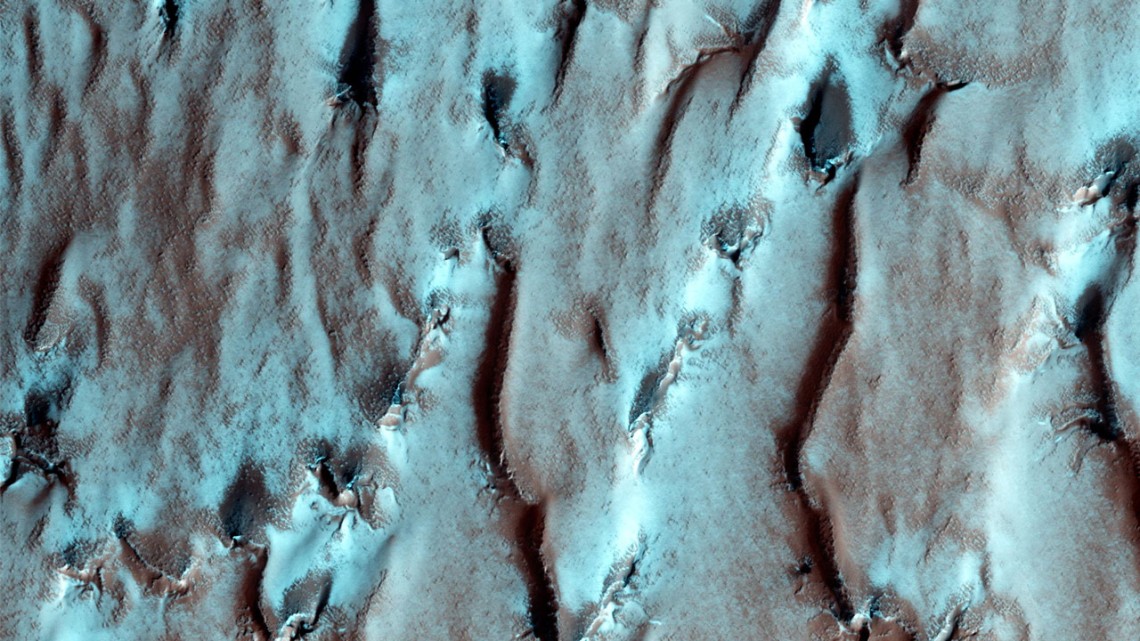
When planning crewed missions to Mars, the key phrase is “follow the water.” When astronauts set down on the Red Planet in the next decade, they will need access to water to meet their basic needs. Following the water is also crucial to our ongoing exploration of Mars and learning more about its past. While all of the water on the Martian surface exists as ice today (the majority locked away in the polar ice caps), it is now known that rivers, lakes, and an ocean covered much of the planet billions of years ago.
Determining where this water went is essential to learning how Mars underwent its historic transformation to become the dry and cold place it is today. Close to twenty years ago, the ESA’s Mars Express orbiter made a huge discovery when it detected what appeared to be a massive deposit of water ice beneath the southern polar region. However, recent findings by a team of researchers from Cornell University indicate that the radar reflections from the South Pole Layered Deposit (SPLD) may be the result of geological layering.
Continue reading “Underground Liquid Water Detected on Mars? Maybe not”The First Telescope Images of DART's Impact are Starting to Arrive
On September 26th, at 23:14 UTC (07:14 PM EST; 04:14 PM PST), NASA’s Double Asteroid Redirect Test (DART) spacecraft successfully struck the 160-meter (525 ft) moonlet Dimorphos that orbits the larger Didymos asteroid. The event was live-streamed all around the world and showed footage from DART’s Didymos Reconnaissance and Asteroid Camera for Optical navigation (DRACO) as it rapidly approached Dimorphos. In the last few seconds, DART was close enough that individual boulders could be seen on the moonlet’s surface.
About 38 seconds after impact, the time it took the signal to reach Earth, the live stream ended, signaling that DART had successfully impacted Dimorphos and was destroyed in the process. Meanwhile, teams of astronomers stretching from the Indian Ocean to the Arabian Peninsula watched the impact with their telescopes. One, in particular – the Les Makes Observatory on the island of Le Reunion in the Indian Ocean – captured multiple images of the impact. These were used to create a real-time video and show the asteroid brightening as it was pushed away, followed by material ejected from the surface.
Continue reading “The First Telescope Images of DART's Impact are Starting to Arrive”The World’s Ground Stations are Getting Ready to Watch a Spacecraft Crash Into an Asteroid Next Week!
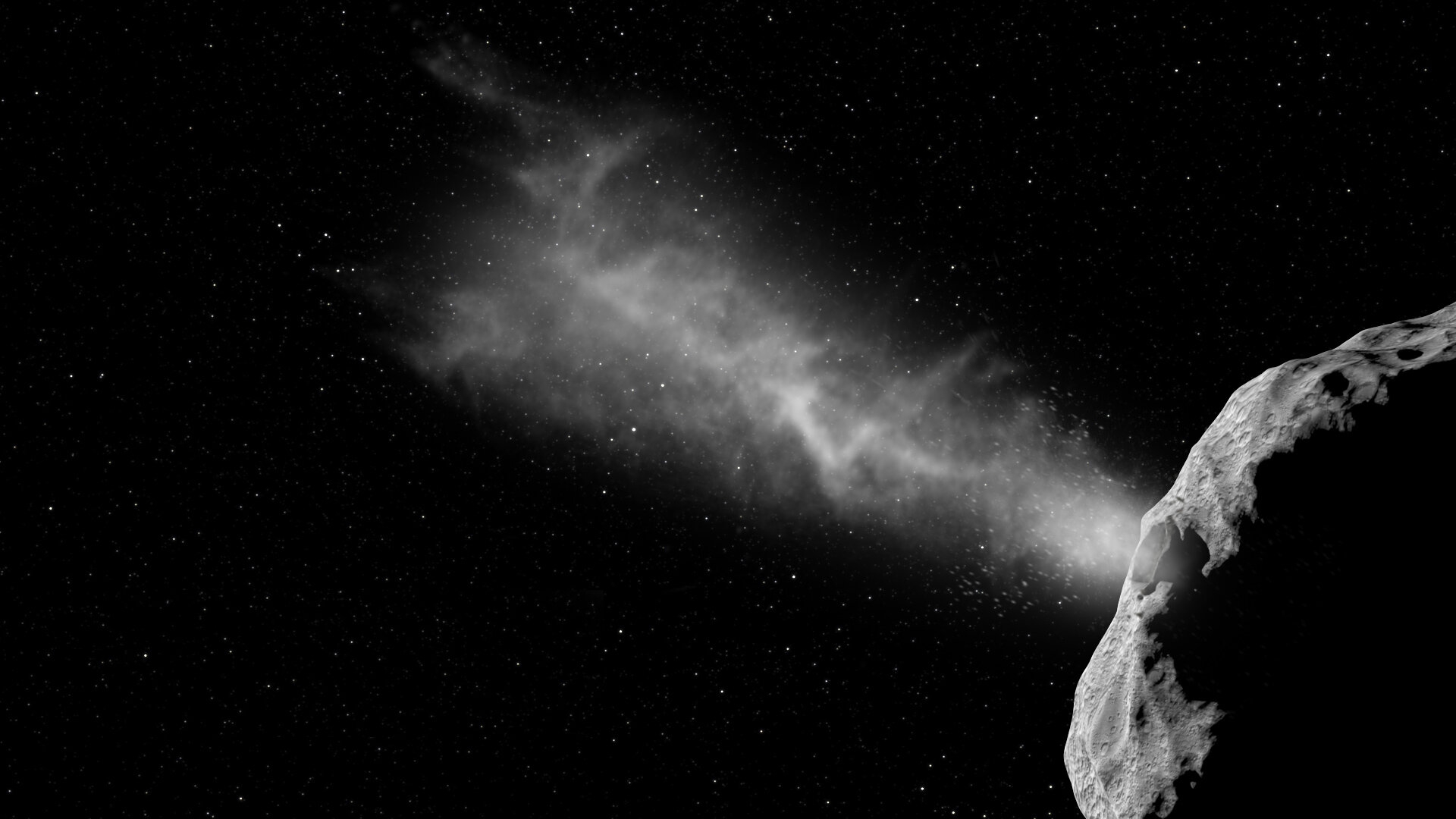
On September 26th, NASA’s Double-Asteroid Redirect Test (DART) will rendezvous with the Near-Earth Asteroid (NEA) Didymos. By 01:14 UTC (07:14 PM EDT; 04:14 PM PDT), this spacecraft will collide with the small moonlet orbiting the asteroid (Dimorphos) to test the “kinetic impactor” method of planetary defense. This method involves a spacecraft striking an asteroid to alter its orbit and divert it from a trajectory that would cause it to collide with Earth. The event will be broadcast live worldwide and feature data streams from the DART during its final 12 hours before it strikes its target.
Continue reading “The World’s Ground Stations are Getting Ready to Watch a Spacecraft Crash Into an Asteroid Next Week!”Webb Turns its Infrared Gaze on Mars
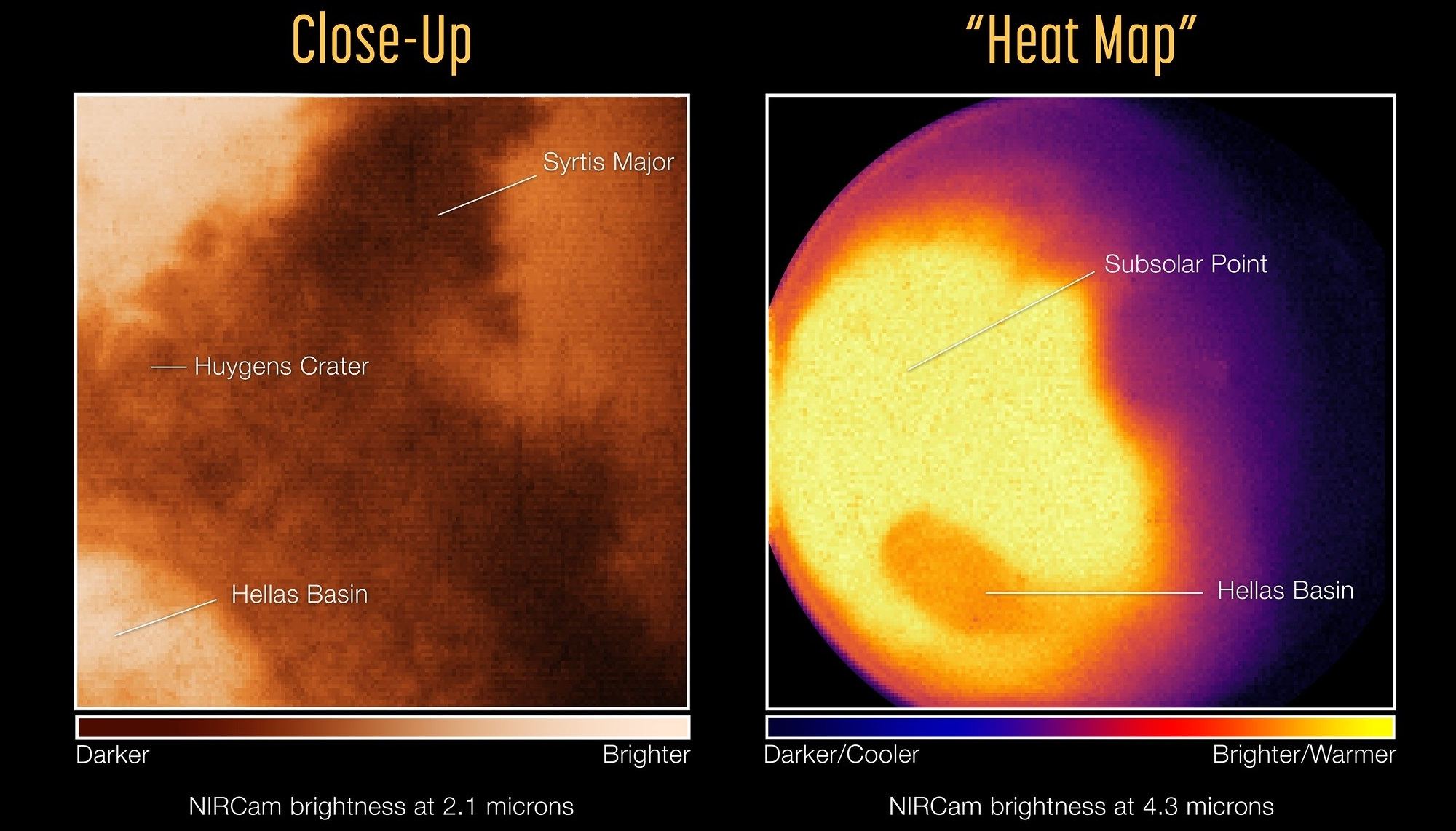
The James Webb Space Telescope (JWST) is the most complex and sophisticated observatory ever deployed. Using its advanced suite of infrared instruments, coronographs, and spectrometers – contributed by NASA, the European Space Agency (ESA), and the Canadian Space Agency (CSA) – this observatory will spend the next ten to twenty years building on the achievements of its predecessor, the venerable Hubble. This includes exoplanet characterization, star and planet formation, and the formation and evolution of the earliest galaxies in the Universe.
However, one of the main objectives of the JWST is to study the planets, moons, asteroids, comets, and other celestial bodies here in the Solar System. This includes Mars, the first Solar planet to get the James Webb treatment! The images Webb took (recently released by the ESA) provide a unique perspective on Mars, showing what the planet looks like in infrared wavelengths. The data yielded by these images could provide new insight into Mars’ atmosphere and environment, complimenting decades of observations by orbiters, landers, rovers, and other telescopes.
Continue reading “Webb Turns its Infrared Gaze on Mars”Is Europe Building its Own Starship? Not Exactly
Europe plans to have its own reusable spacecraft for cargo and crewed missions to LEO and beyond. It’s called SUSIE (Smart Upper Stage for Innovative Exploration). At first glance, it may look like Europe’s answer to SpaceX’s Starship, but it’s not that simple.
Continue reading “Is Europe Building its Own Starship? Not Exactly”Satellites can now Measure the Thickness of Ice Sheets all Year Long
Artificial intelligence can do more than paint planets as bowls of soup. It’s now helping researchers acquire better climate change data by teaching Earth observation satellites how to measure ice thickness in the Arctic year-round.
Continue reading “Satellites can now Measure the Thickness of Ice Sheets all Year Long”
